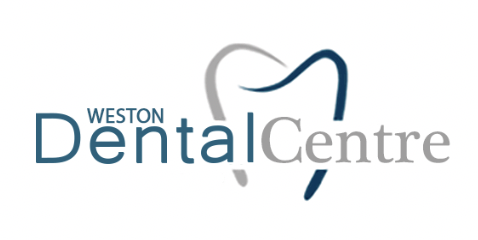Restorative dentistry focuses on repairing or replacing damaged or missing teeth. These procedures help improve oral health and function. Common dental restorations include fillings, crowns, bridges and implants.
What’s the difference between restorative dentistry and cosmetic dentistry?
Restorative dentistry focuses on improving oral health and function. Cosmetic dentistry focuses on improving the appearance of your smile.
Some dental procedures offer both functional and cosmetic improvements (aesthetic restorative dentistry). For example, a dental crown restores chewing function, but it can also make your smile look more uniform.
Why is restorative dentistry important?
Restorative dentistry gives you the best chance at long-lasting oral health. Your dentist can help restore your smile to full function by fixing damaged or decayed teeth. This improves your ability to eat, speak and chew.
What are the types of dental restoration?
There are several different types of dental restorations, depending on your unique oral health needs:
Fillings
When bacteria eats away your tooth enamel and causes a hole, it’s called a cavity. Smaller cavities are usually repaired with dental fillings.
During this procedure, your dentist removes the decayed portion of your tooth, then fills in the hole with a tooth-colored composite material. This halts the progression of tooth decay and reduces the risk of further damage.
Crowns
Dentists use dental crowns to repair large cavities or restore broken teeth. Sometimes called a cap, a crown fits over your entire tooth.
In order to place a crown, your dentist must remove some of your natural tooth enamel. So, they’ll alter your tooth (shave part of your tooth down), then place a crown over it.
Inlays and onlays
Sometimes a cavity is too big for a filling, but too small for a crown. In a case like this, your dentist might recommend an inlay or onlay. These custom restorations fit into your natural tooth structure like puzzle pieces. Your dentist permanently bonds them into place.
Inlays and onlays are similar. While an inlay fills the area between the cusps of your teeth, an onlay also covers at least one cusp.
Root canal therapy
Sometimes a cavity or crack goes deep enough into your tooth that it reaches the pulp. If bacteria get into the pulp of your tooth, it can cause a painful infection. In these cases, root canal therapy is necessary.
During this procedure, your dentist removes the diseased pulp, including the tiny nerves and blood vessels inside of your tooth. Next, they’ll thoroughly clean and disinfect the inside surfaces of your tooth, then fill the canals with a rubbery dental material called gutta percha. Then, they’ll place a filling to seal the tooth and prevent bacteria from entering.
In most cases, people who undergo root canal therapy also need a crown to provide additional strength and support.
Bridges
A dental bridge can replace a single missing tooth or a row of missing teeth. A bridge consists of artificial teeth with dental crowns on either side. Your dentist will alter (shave down) your natural teeth on both sides of the gap. Next, they’ll bond the bridge to your natural teeth. The crowns fit over your natural teeth and the artificial teeth span the gap in between them.
Dental implants
A dental implant is a small, threaded post that replaces a missing tooth root. Once your dentist adds a crown to your implant, it functions just like a natural tooth.
Your dentist can restore dental implants with crowns, bridges and even dentures. Unlike traditional crowns and bridges, implants don’t require alteration of your natural teeth. Many dentists consider implants to be the golden standard of teeth replacement.
Dentures
Dentures are another traditional teeth replacement option. Full dentures replace an entire arch of missing teeth. Partial dentures replace several missing teeth in different areas. Dentures rest on top of your gums, and the jawbone underneath supports them.
You can also opt for implant-supported dentures. These appliances are similar to traditional dentures. But instead of resting atop your gums for support, they attach to dental implants. This offers much more stability compared to conventional dentures.
